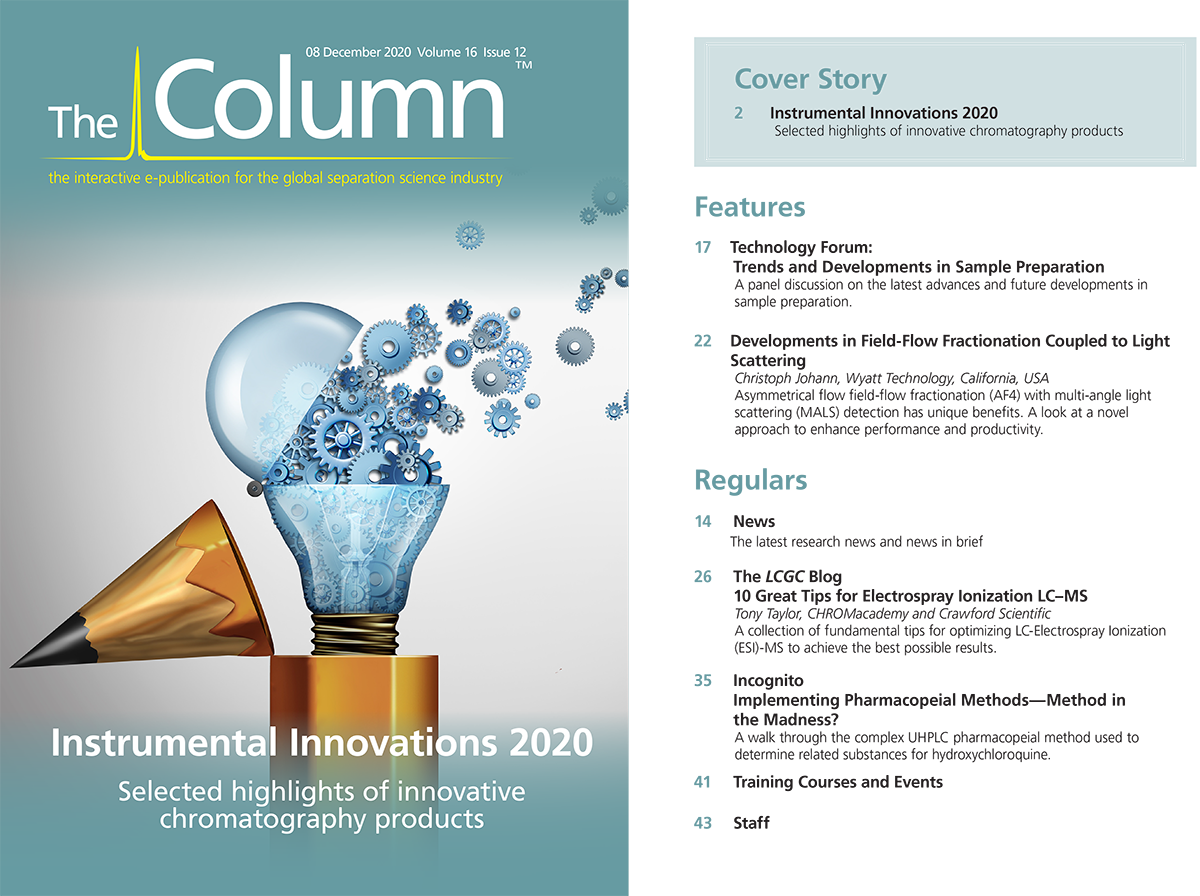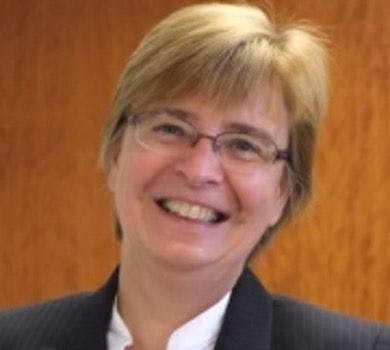Joe Foley Receives EAS Award for Outstanding Achievements in Separation Science
The 2020 Eastern Analytical Symposium (EAS) Award for Outstanding Achievements in Separation Science will be presented to Joe Foley on November 18.
The 2020 Eastern Analytical Symposium (EAS) Award for Outstanding Achievements in Separation Science will be presented to Joe Foley on Wednesday, November 18. He will deliver a talk entitled “Are Two Columns Better than One? What the Hydrophobic Subtraction Model and Other Databases Tell Us.”
Jim Foley, Drexel University

Foley is currently a professor and graduate advisor of chemistry at Drexel University. He earned a BS in chemistry and chemical physics from Center College of Kentucky and his PhD in chemistry from the University of Florida under the guidance of John Dorsey. He conducted research at National Institute for Standards and Technology (NIST) for two years as a National Research Council Postdoctoral Fellow. While on sabbatical in 2006–2007, he was a visiting professor of chemistry at the University of Frankfurt, and during 2015–2016 he was a visiting Fellow in the Australian Center for Research on Separation Science (ACROSS) at the University of Tasmania in Hobart.
Foley’s research interests are in the fundamental and applied aspects of analytical chemistry and separation science. He has authored or co-authored over 125 articles, book chapters, reviews, and one patent pertaining to pressure- and voltage-driven condensed-phase separations while mentoring four postdocs and visiting scientists, 38 PhD students, 12 MS students, and 23 undergraduates. Foley has also seen many of his equations from his publications appear in undergraduate textbooks and graduate monographs.
Foley has organized and spoken at numerous invited scientific symposia for the American Chemical Society (ACS), the Gordon Research Conferences, the Electrophoresis Society, Pittcon, EAS, and FACSS/SciX conferences. He has also organized and co-taught several short courses for the Chromatography Forum of the Delaware Valley (CFDV), ACS, and Pittcon.
Foley currently serves on the editorial boards of several respected peer-reviewed journals including Bioanalysis, Chromatographia, Current Chromatography, Electrophoresis, and Separations, having previously served on the boards of Analytical Communications, The Analyst, and the Journal of Microcolumn Separations. A long-time ad hoc reviewer for the National Science Foundation (NSF) and National Institute of Health (NIH), Foley is a lifetime member of the CFDV and has twice served as program chair and president.

A Matrix-Matched Semiquantification Method for PFAS in AFFF-Contaminated Soil
Published: April 14th 2025 | Updated: April 14th 2025Catharina Capitain and Melanie Schüßler from the Faculty of Geosciences at the University of Tübingen, Tübingen, Germany describe a novel approach using matrix-matched semiquantification to investigate per- and polyfluoroalkyl substances (PFAS) in contaminated soil.
Silvia Radenkovic on Building Connections in the Scientific Community
April 11th 2025In the second part of our conversation with Silvia Radenkovic, she shares insights into her involvement in scientific organizations and offers advice for young scientists looking to engage more in scientific organizations.














